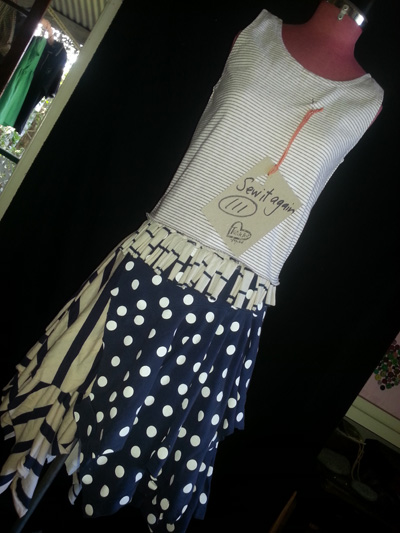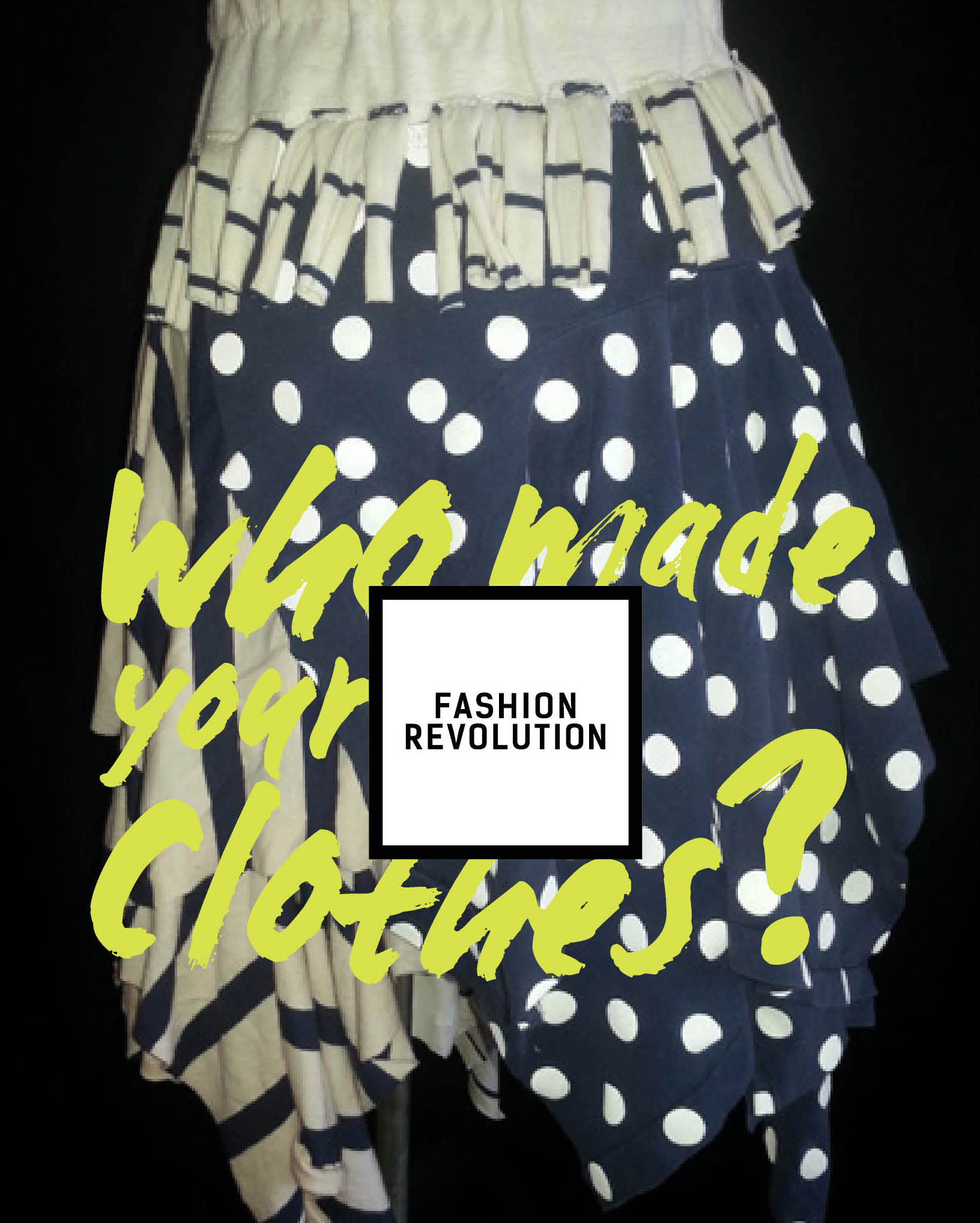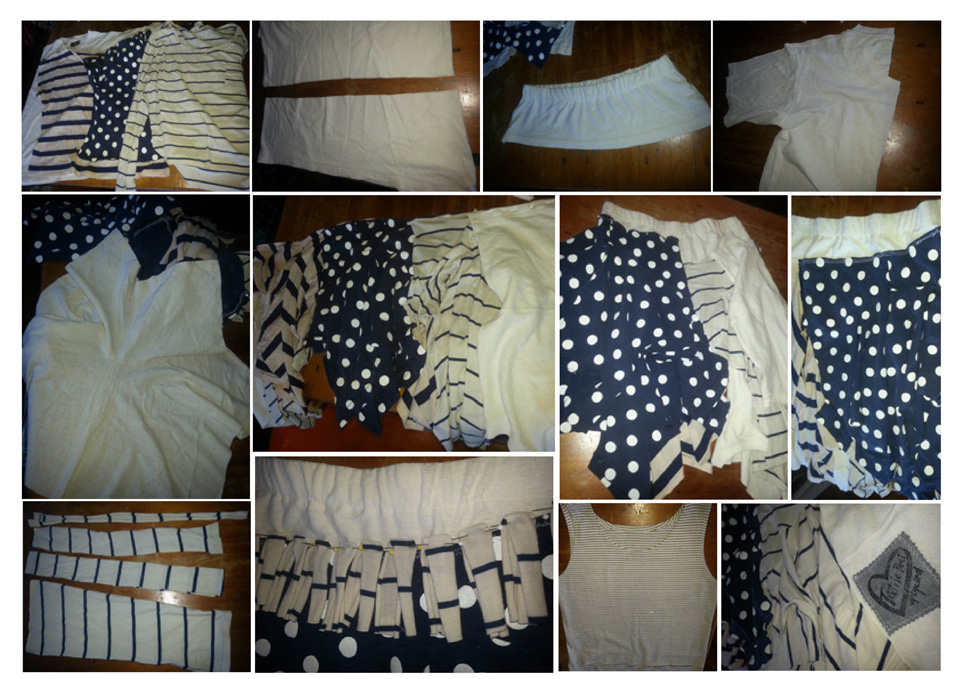 Fast fashion means new clothing has never been cheaper or more plentiful. The process of shopping, trying and buying clothing in stores (or online) is recreational therapy – replacing tailor-made or making your own clothes.
Fast fashion means new clothing has never been cheaper or more plentiful. The process of shopping, trying and buying clothing in stores (or online) is recreational therapy – replacing tailor-made or making your own clothes.
A recent Choice magazine article quotes Council of Textiles and Fashion Industries of Australia figures (based on value) that 92% of clothes sold in Australia are imported. Of these, 73% are made in China, 6% in Bangladesh, 2% in India, with the rest from Italy, Indonesia and other countries.
Global supply chains mean we have lost sight of the making process. Skills, knowledge, and understanding about where and how clothing is made are diminishing. The new clothing story is about consuming end results, limitless choice, on tap 24/7, then toss and replace once the gloss has gone (Americans toss 30kgs of clothing each per year).
 The Rana Plaza clothing factory collapse in Bangladesh this time last year exposed the dark underbelly of the fashion industry – sparking a global Fashion Revolution to inspire cultural, ethical, environmental and social change in the way we engage with our clothes.
The Rana Plaza clothing factory collapse in Bangladesh this time last year exposed the dark underbelly of the fashion industry – sparking a global Fashion Revolution to inspire cultural, ethical, environmental and social change in the way we engage with our clothes.
If you have Made in Bangladesh on your labels, read more about Where your clothes are really made in this well-researched Women’s Weekly article published six months after the Rana Plaza collapse.
The first Fashion Revolution Day campaign is Who Made Your Clothes? Take a look at the label, ask questions, consider whether it was ethically made by someone who was adequately compensated for their work. Post a selfie with the hashtag #insideout to support the campaign.
It takes time and effort to make clothes – I know because I’m remaking my own this year with the Sew it Again project as my little contribution to the fashion revolution. Instead of making new looks from scratch, I’m refashioning clothing that already exists to demonstrate creative, sustainable alternatives using simple home-sewing techniques.
Sew 111 is made from four waste t-shirts. The photos below show how this is done. I cut the bottom from a longer, heavyweight t-shirt and formed it into a waistband by trimming the sides then turning over the raw edge and inserting elastic to fit my waist size. The four shirts were then cut into two pieces each (making eight in total) by chopping down the middle of each front and back, then opening out at the neck/shoulder and sleeves (cut any long sleeves off to elbow length so that when they are attached as skirt panels they all fall to similar lengths. Position each in a pile of alternating colours, with the sleeve hemlines aligned. Working systematically, pin the eight pieces together into a skirt, pinned along the sleeve hems, overlapping each behind and then in front (about half of each piece will be visible from the front). Stitch these together with zigzag into a long strip. This strip is then systematically pinned to the waistband in a spiral – starting near the elastic at one side, then working down until the strip has gone around the waistband twice, with the bottom layer ending up roughly in line with where spiral began. It will vary depending on the size of the t-shirts, but I found the eight panels created two overlaps. I zigzagged the last panel to the one sitting in front of it, while the rest of the panels fall loosely over each other (they are only anchored at the waistband). Because t-shirt cotton doesn’t fray, there is no need to finish the cut edges. To embellish and neaten the front, I cut two long sleeves offcuts into strips, pulled them to become ribbons, then pinned and stitched each one in the middle to fall down as fringe where the skirt is zigzagged to the waistband. There are no rules, play, find creative solutions as you go. Trim the hem off another t-shirt or singlet so it sits over the waistband. 